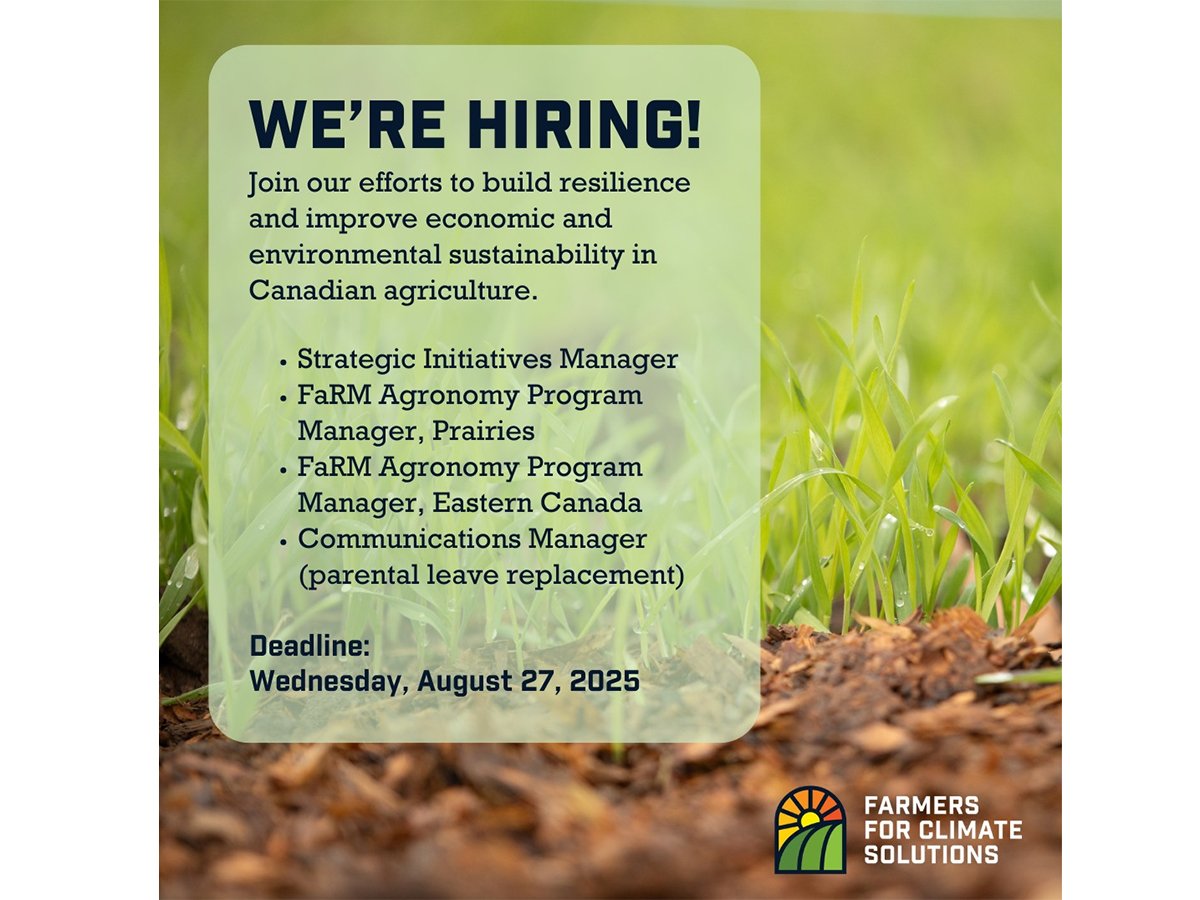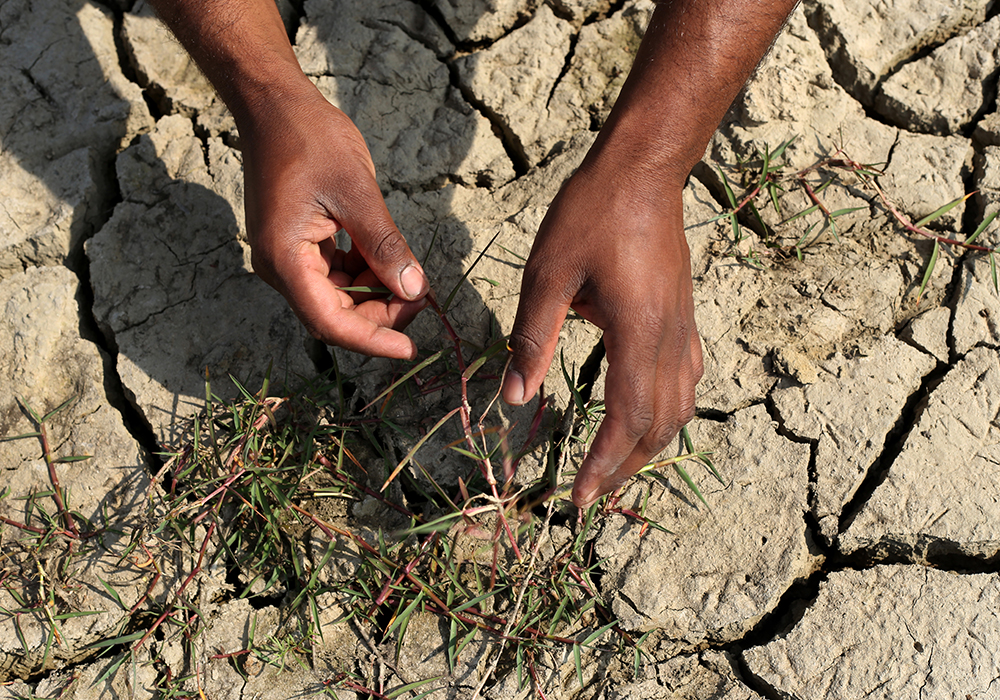The United Nations World Food Programme is taking a new approach to disaster relief.
Instead of simply responding to disasters after they occur, the organization is becoming more proactive.
It is attempting to predict catastrophes before they happen, mitigating their potential damage and disruption.
That is where Jesse Mason comes in. He is the WFP’s global co-ordinator for anticipatory action, climate change and disaster risk reduction.
The meteorologist is charged with helping predict when disasters will occur by analyzing climate change data, early warnings and other science-based weather information.
Read Also

Environmental farm group has Ottawa’s attention
In 2021, Farmers for Climate Solutions published a report on how Canada should reduce emissions from agriculture. Not long after, the federal government implemented most of the recommendations in the report.
That helps the WFP make decisions on where to move food and where to invest in activities to help protect vulnerable people from the ravages of natural disasters.
“We started to realize that, in fact, a lot of the weather forecasts would offer enough time for WFP to do more than just get ready to respond and save people,” he said.
There was often enough time for the WFP to implement activities to mitigate the impact of a peril, such as a drought or a flood.
“It (is) a lot better for WFP to start to help people before they actually needed it,” said Mason.
Preparation starts 10 days in advance of a looming disaster but four days before is the real sweet spot where the WFP starts identifying who is likely to be affected, reaching out to those people and getting cash into their hands.
Activities consist of things like evacuating people to higher ground or protecting their assets with water-tight drums in the case of a flood.
When it comes to drought the WFP can educate farmers on more efficient ways to use water or on what crops or varieties to plant that are more drought tolerant.
A case in point was the 2020 extreme flooding in northeast Bangladesh.
“We were able to go ahead and trigger cash to people and this really made a difference,” he said.
The cash dispersal allowed people to be able to take refuge with relatives during the flooding without showing up empty-handed.
They could bring food that they bought with the aid dollars rather than being forced to sell off their belongings.
“Instead of being at the end, instead of being in a position where everything is lost and they’re at their utter despair, we’re reaching people before all that happened,” said Mason.
People were able to move to safer areas, buy food and medicine, invest in strengthening their shelters and protect their valuable assets.
“We didn’t have a humanitarian disaster. We had people who were able to get out of harm’s way,” he said.
Getting a head start on disaster aid is becoming more critical at a time when some countries are facing annual crises due to climate change rather than once in five-year events.
The WFP has identified 19 countries in Asia, Africa and Latin America that it is working with on its Forecast-based Financing program, which was established in 2015.
The countries had to have reasonably successful early warning systems and a functioning disaster risk management system.
Asia is just coming out of its monsoon season, so the program is winding down in that region of the world for this year.
All eyes are now turning to southern Africa where La Nina could be causing drought in many countries, including Madagascar, which is in the midst of a famine.
“Even just a small impact to their rainfall season this year would be devastating,” said Mason.
The WFP is also keeping a watchful eye on the impact of hurricane season on countries like Haiti and the Dominican Republic.
The next region on the radar will be eastern Africa where October, November and December are the critical months.
Mason is encouraging organizations like Environment Canada to work with the WFP in providing useful information and weather-watching technology that can be used to enhance the effectiveness of the program.
“People think that when you want to support the World Food Programme or the UN in general it’s only about cash but that doesn’t have to be,” he said.
“It can also be about technological support.”
















